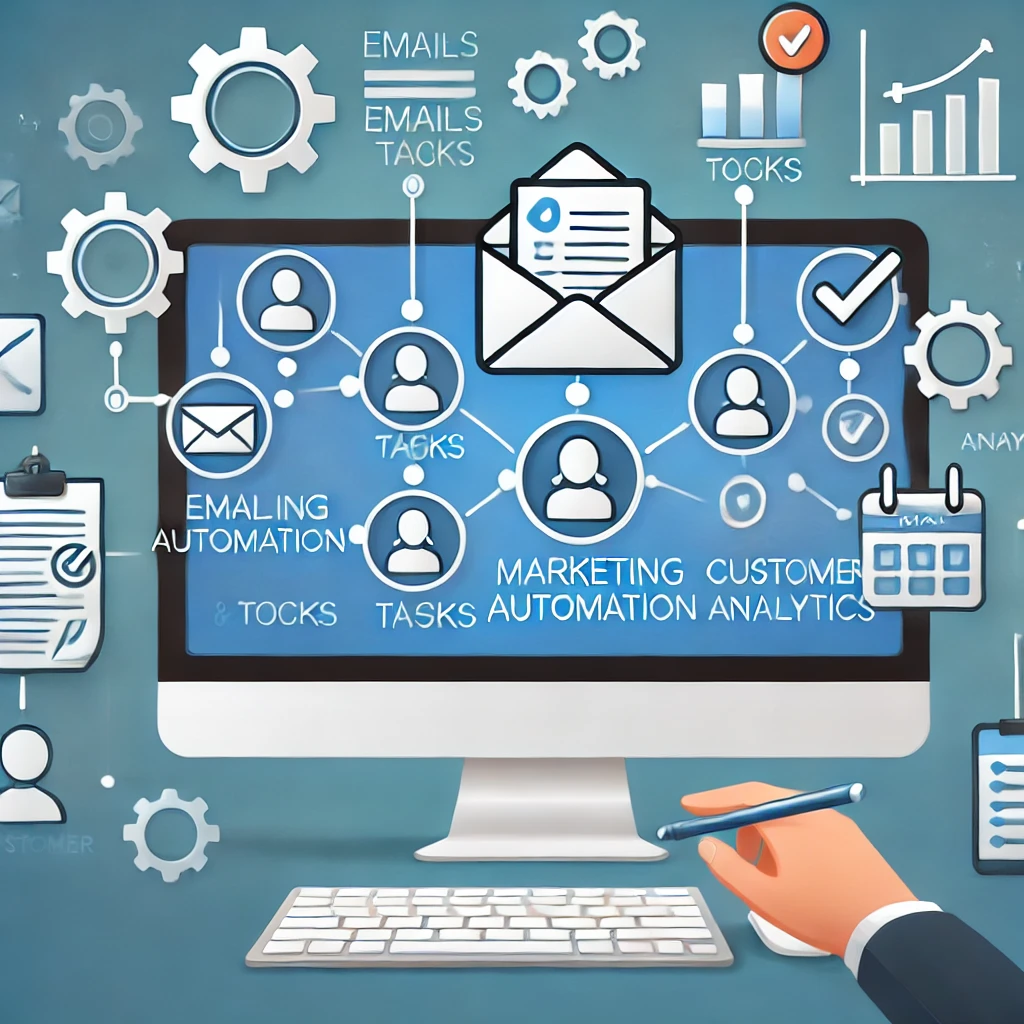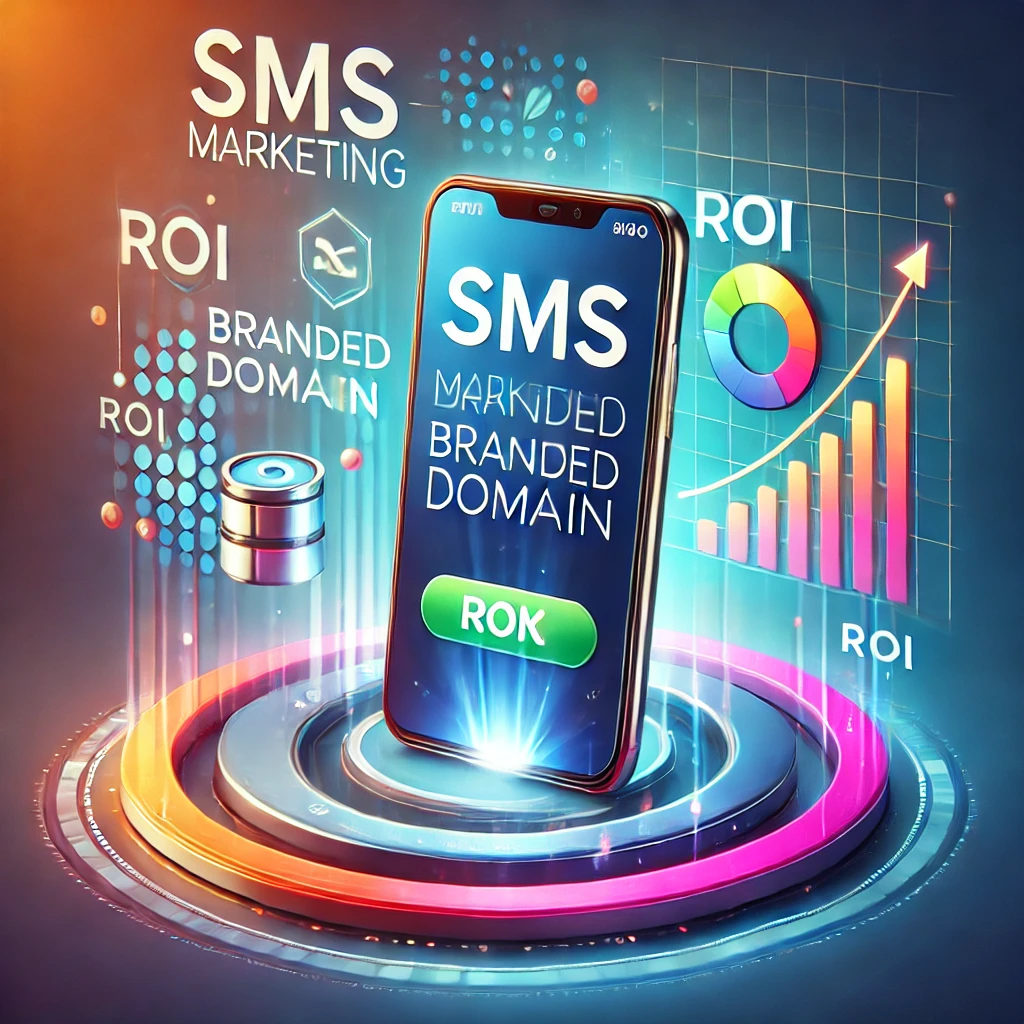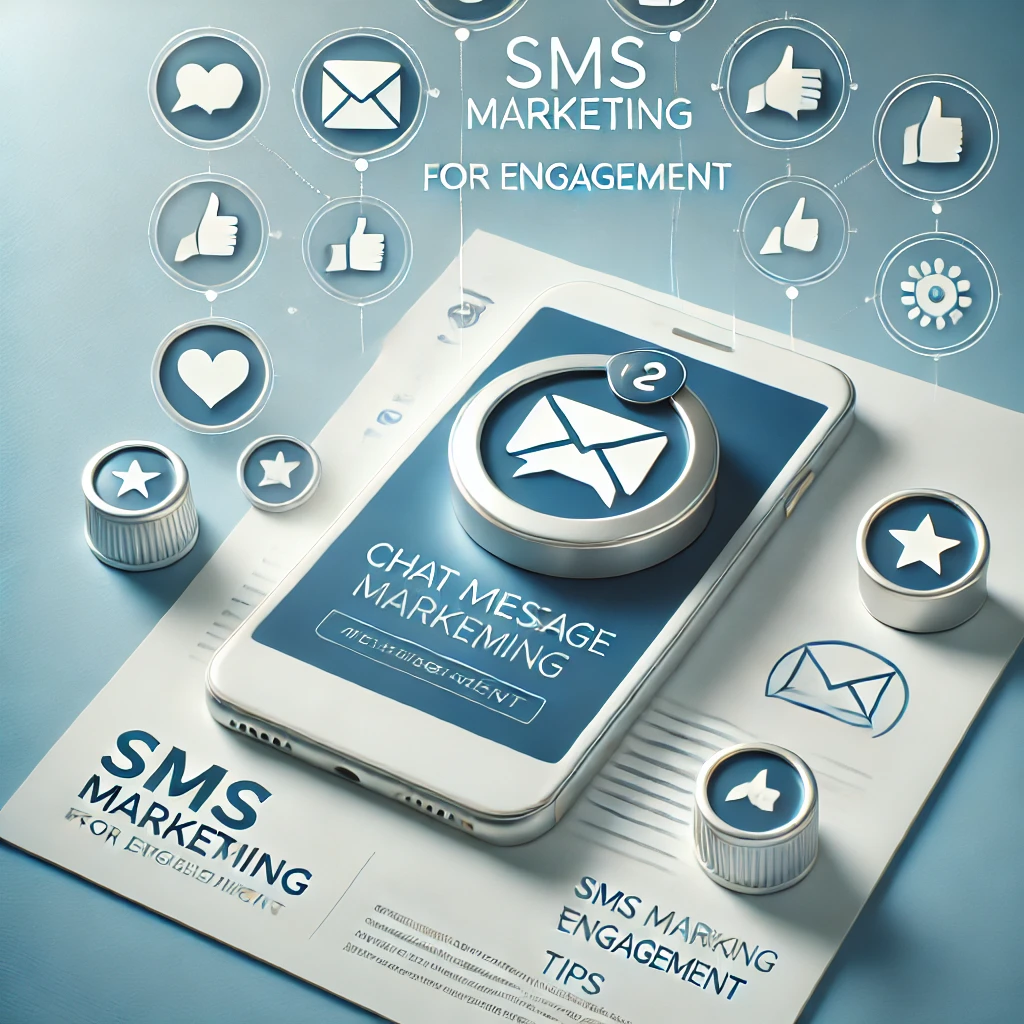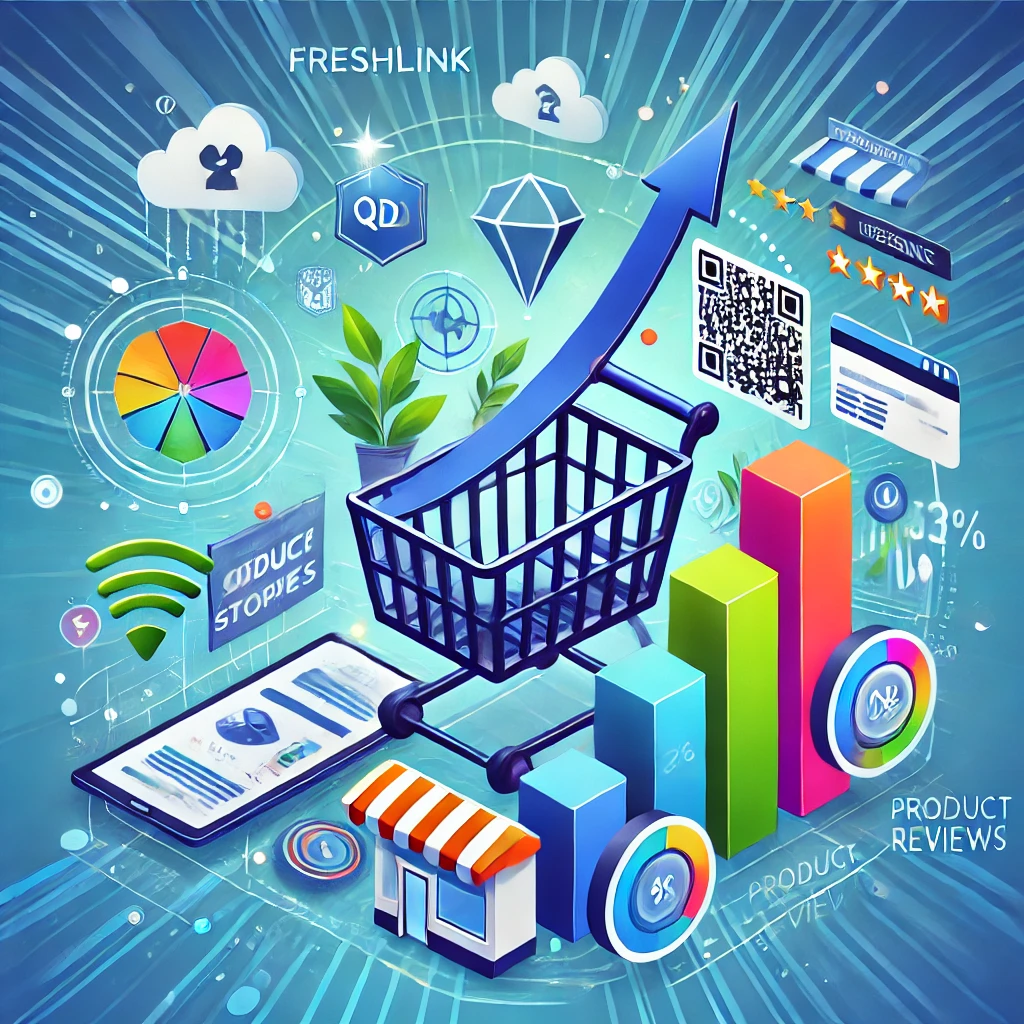Digital Marketing
The Ultimate Guide to Marketing Automation Workflows: Streamline Your Campaigns for Maximum Impact

As businesses grow, marketing becomes increasingly complex. Managing multiple campaigns, customer segments, and marketing channels can quickly overwhelm any team. That’s where marketing automation workflows come in. By automating repetitive marketing tasks, you can streamline your efforts, nurture leads, and focus on what really matters—building relationships with your customers and driving revenue.
At Freshlink, we’re dedicated to helping businesses optimize their marketing strategies through advanced automation, tracking, and analytics. In this guide, we’ll explore what marketing automation workflows are, how they can benefit your business, and how to create effective workflows that save time and boost results.
What is a Marketing Automation Workflow?
A marketing automation workflow is a set of automated actions triggered by specific customer behaviors or data points. These workflows help you automate repetitive tasks, like sending emails, following up with leads, or assigning tasks to your sales team, ensuring that your marketing efforts are consistent and personalized.
For example, when a new user subscribes to your newsletter, you might set up an automated workflow that sends a welcome email, followed by a series of educational emails over the next few weeks. These workflows run automatically, so you don’t have to manually perform these tasks each time a new lead enters your system.
The Benefits of Marketing Automation Workflows
Marketing automation workflows provide numerous benefits for businesses, large and small. By automating time-consuming tasks and ensuring timely communication with leads and customers, you can optimize your marketing efforts and drive better results.
Key Benefits of Marketing Automation Workflows:
- Time Savings: Automate repetitive tasks like sending emails, following up with leads, or tracking customer interactions, freeing up your team to focus on high-impact activities.
- Consistency: Ensure that every lead and customer receives the same high-quality experience, no matter when or where they enter your funnel.
- Improved Lead Nurturing: Automatically send targeted content to leads based on their behaviors or preferences, nurturing them through the sales funnel without manual intervention.
- Better Data and Insights: Track how your workflows are performing, providing valuable insights into customer behavior, conversion rates, and areas for improvement.
Common Types of Marketing Automation Workflows
There are several types of marketing automation workflows that can help you achieve specific goals, whether it’s engaging new leads, nurturing prospects, or re-engaging inactive customers. Here are some of the most common workflows you can implement:
1. Welcome Workflow
A welcome workflow is triggered when a new lead subscribes to your newsletter or creates an account. The goal is to introduce your brand, provide value, and set the stage for future engagement. This workflow typically includes a welcome email followed by a series of educational or promotional emails.
Example:
- Day 1: Welcome email with a thank-you message and an introduction to your brand.
- Day 3: Email offering educational content or tips related to your product or service.
- Day 7: Promotional offer to encourage the lead to make a purchase.
2. Lead Nurturing Workflow
A lead nurturing workflow is designed to move leads through the sales funnel by delivering targeted content based on their behavior and interests. For example, if a lead downloads an eBook about your product, you can automatically send follow-up emails with additional resources or case studies.
Example:
- Lead downloads an eBook.
- Day 1: Email with a link to a related blog post.
- Day 5: Email featuring a case study or success story related to the eBook topic.
- Day 10: Offer a free trial or demo to move the lead closer to a purchase.
3. Cart Abandonment Workflow
A cart abandonment workflow is triggered when a customer adds items to their cart but doesn’t complete the purchase. This workflow helps you recover lost sales by sending reminder emails, offering discounts, or providing additional incentives to complete the purchase.
Example:
- Day 1: Reminder email with a link to the abandoned cart.
- Day 3: Email offering a discount or free shipping if they complete the purchase.
- Day 5: Final reminder email with urgency (“Last chance to complete your purchase!”).
4. Re-engagement Workflow
A re-engagement workflow is designed to bring inactive leads or customers back into the fold. If a customer hasn’t interacted with your brand in a while, this workflow can send personalized emails to reignite their interest.
Example:
- Day 1: Email asking if they still want to receive updates or offering a discount.
- Day 5: Email featuring new products, services, or content they may have missed.
- Day 10: Final re-engagement email with a strong call to action, such as a limited-time offer.
5. Post-Purchase Workflow
A post-purchase workflow is triggered after a customer makes a purchase. This workflow helps build loyalty, encourage repeat purchases, and increase customer lifetime value by providing after-sales support, requesting reviews, or offering upsells.
Example:
- Day 1: Thank-you email with order confirmation and shipping details.
- Day 7: Email requesting feedback or reviews.
- Day 14: Email offering related products or services.
How to Create an Effective Marketing Automation Workflow
Creating an effective marketing automation workflow requires careful planning and a clear understanding of your customer journey. Here’s a step-by-step guide to help you create workflows that deliver results:
1. Define Your Goals
Before you start building your workflow, determine what you want to achieve. Are you trying to nurture leads, recover abandoned carts, or re-engage inactive customers? Defining clear goals will help you design a workflow that aligns with your objectives.
2. Map Out the Customer Journey
Understanding the customer journey is essential for creating workflows that meet your audience’s needs. Consider the different touchpoints where leads or customers interact with your brand and identify opportunities to automate communications.
Tip: Freshlink’s tracking and analytics tools can help you gain insights into customer behavior, allowing you to fine-tune your workflows for maximum impact.
3. Choose Triggers and Actions
Each workflow should be triggered by a specific event or behavior, such as signing up for a newsletter, abandoning a cart, or making a purchase. Once the trigger is set, you can define the actions that follow, such as sending an email, tagging the lead in your CRM, or assigning a task to your sales team.
4. Personalize Your Content
Personalization is key to making your automation workflows effective. Use customer data like purchase history, browsing behavior, or location to send relevant, targeted messages that resonate with your audience.
5. Test and Optimize
Once your workflow is set up, don’t forget to monitor its performance. Track key metrics like open rates, click-through rates, and conversion rates to see how your workflow is performing. Make adjustments as needed to improve results.
Tip: Freshlink’s analytics tools provide detailed insights into how your workflows are performing, helping you optimize them for better results.
How Freshlink Can Support Your Marketing Automation Strategy
At Freshlink, we offer a range of tools designed to enhance your marketing automation workflows. From creating custom-branded short links to tracking user interactions and engagement, we provide everything you need to create high-performing workflows that drive results.
Here’s how Freshlink can support your marketing automation strategy:
- Dynamic Short Links: Use branded short links in your workflows to track clicks and measure engagement across campaigns.
- Custom Landing Pages: Direct users to personalized landing pages that align with your workflow goals, whether it’s nurturing leads or encouraging purchases.
- Advanced Analytics: Gain insights into how your workflows are performing and identify areas for improvement with Freshlink’s comprehensive analytics tools.
The Fresh Rundown
Marketing automation workflows are essential for streamlining your campaigns, nurturing leads, and driving conversions. By automating repetitive tasks, you can focus on building relationships with your customers while ensuring they receive timely, personalized communications.
At Freshlink, we’re here to help you create high-impact automation workflows that deliver results. With our dynamic short links, custom landing pages, and advanced analytics, you’ll have everything you need to take your marketing strategy to the next level.
Keep reading
More posts from our blog



